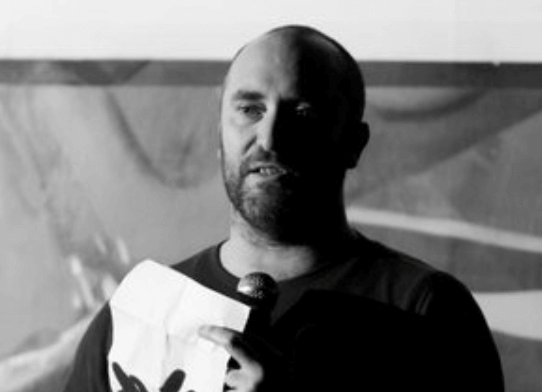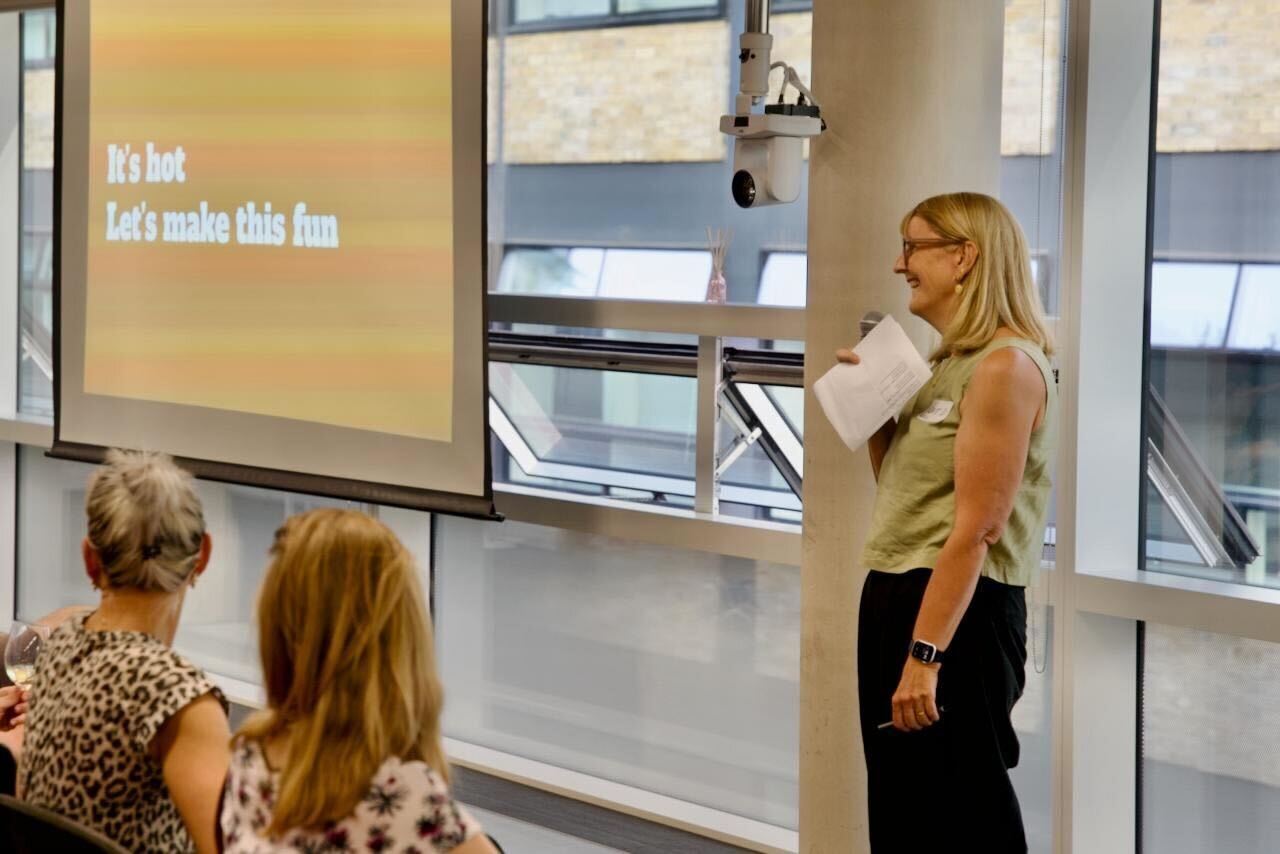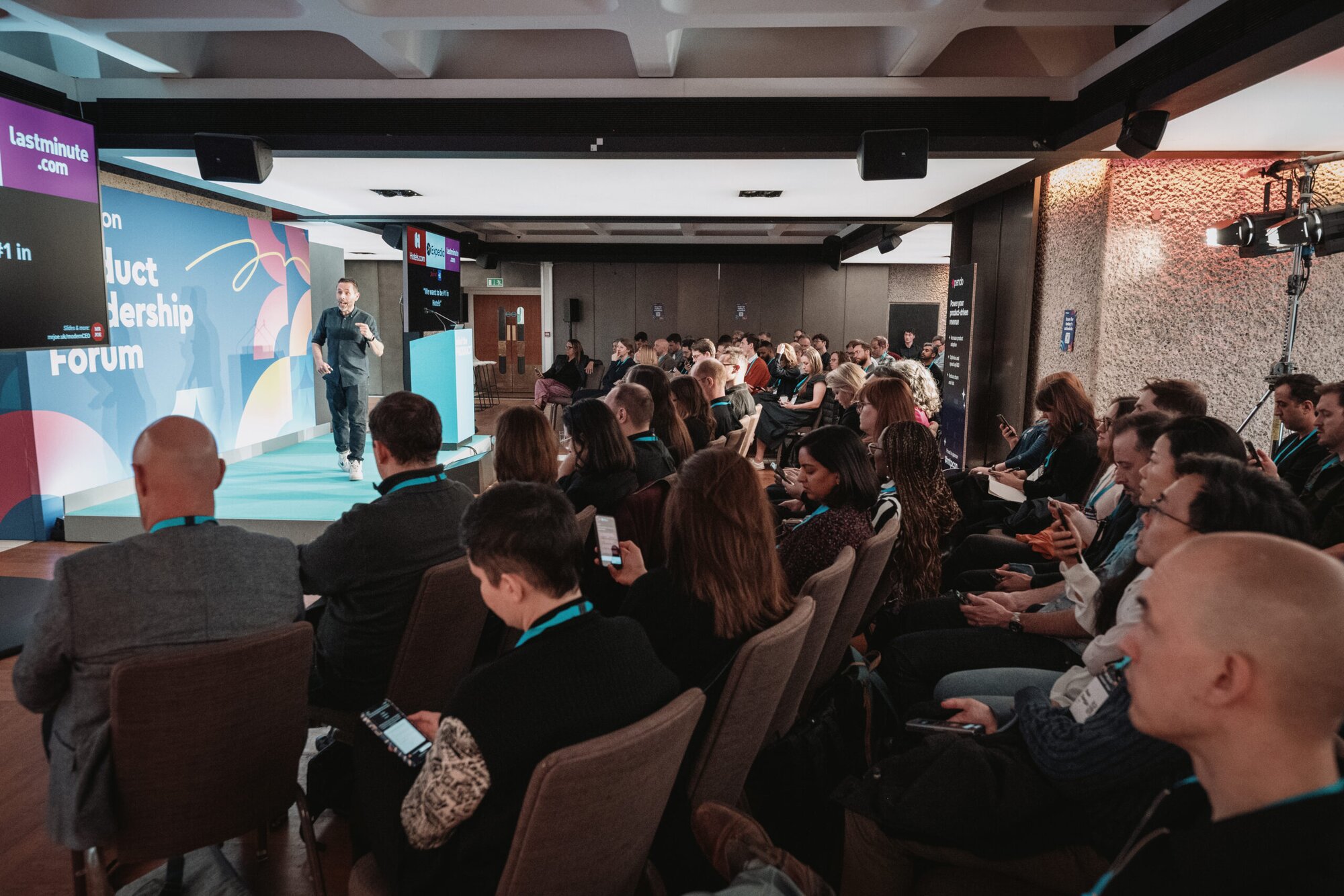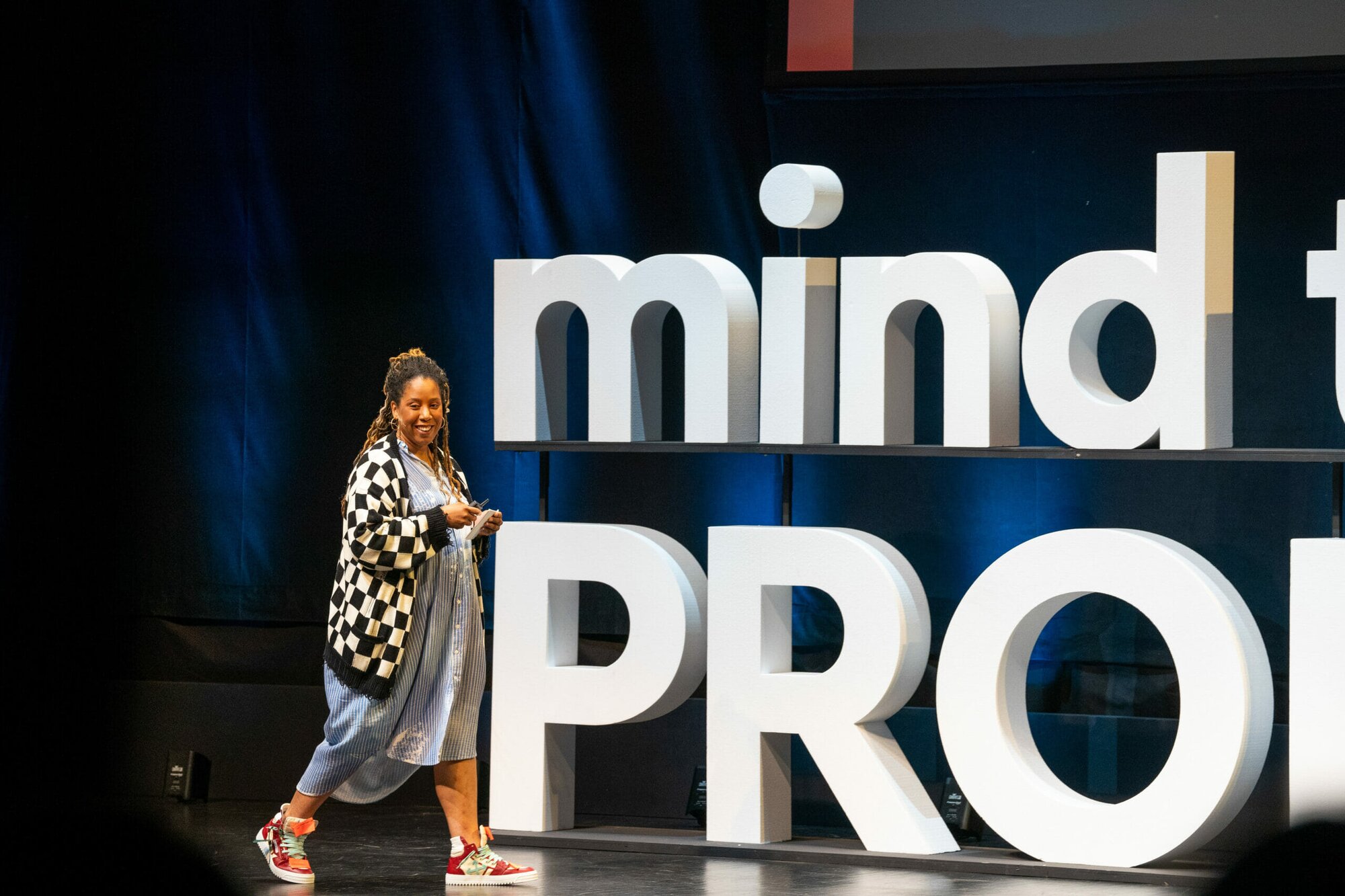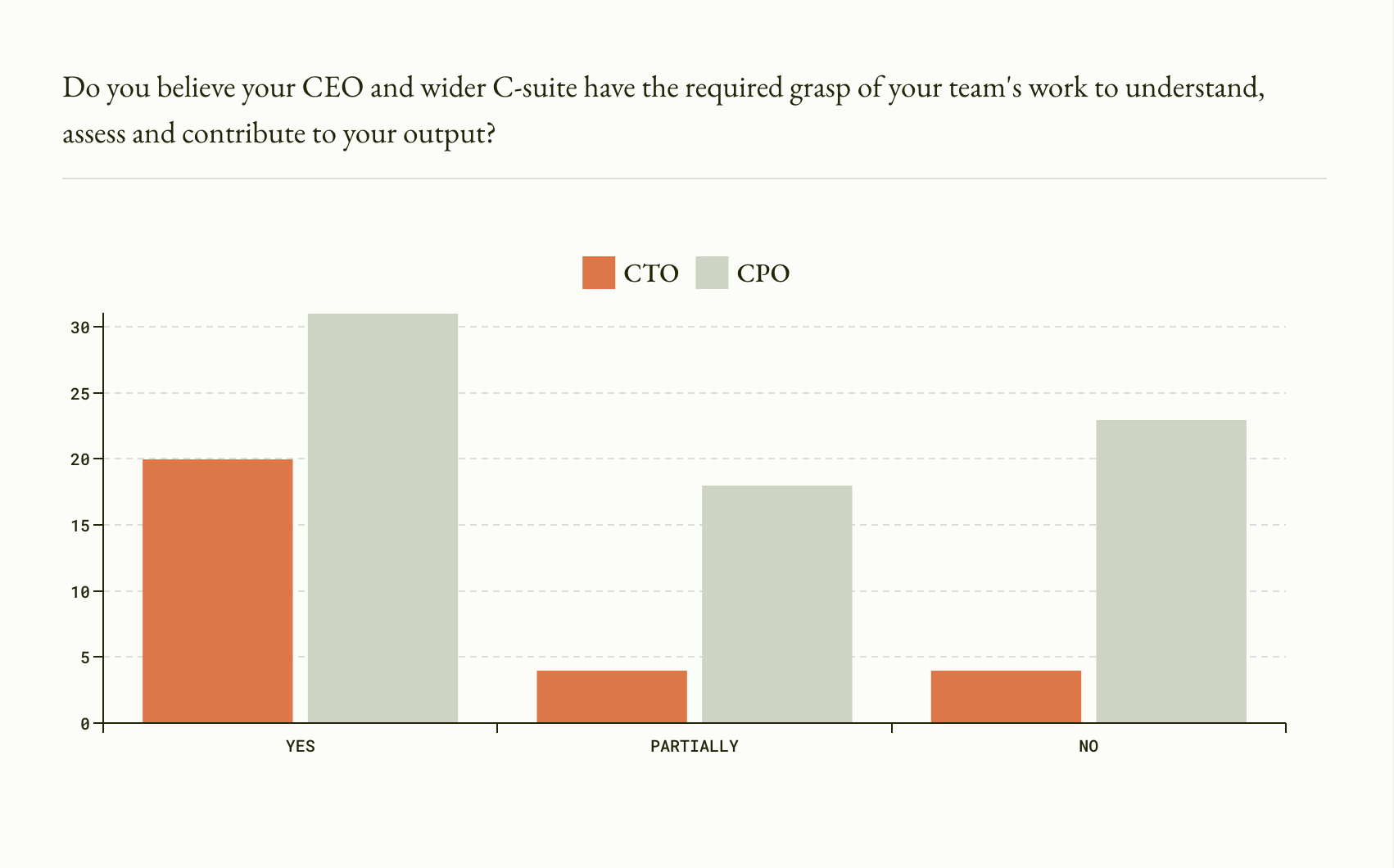Lucie McLean, Head of Children's Product at the BBC, kicked off her #mtpengage Manchester talk with a nostalgic trip involving TV character Mr Benn – who keeps going back to the same costume shop to equip himself for a party which he may or may not attend. He always comes back with some evidence of the adventure he goes on that relates to the costume he chose. There's no direct suggestion that product managers wear lots of costumes, but there’s plenty of evidence that we go on lots of adventures.
Lucie also compares product managers with hedge fund managers. Using a standard job description, she highlights some surprising similarities between hedge-fund and product management, from identifying opportunities to risk analysis. She also suggests there are concepts from fund management that could we could use to take ownership of decisions, so we can have more informed conversations within our organisations.
Lucie asks how you judge and prioritise something that might appear next week that completely changes the direction of the organisation. Bringing in risk/value conversations and asking what "good" the product can do for your organisation is important.
Lucie looks at how we can get more out of our products by using simple A/B tests and analysing value throughout. When a product gets to a certain scale however, you can get stuck in a world of marginal gains – but when you have such scale, there can be value in those gains.
With an established product used by millions of people daily, you have to be careful about making big changes. Lucie says that her experience of working with the BBC Sport website began at the back-end of the product. Her team made small incremental changes which helped take the risk out of the product – and subsequently there were no user dramas when the front-end of the site changed.
For high-risk items, there are always learnings. Making assumptions, or just getting carried away with the ‘shiny’ can get us into trouble when building high-risk products, says Lucie. We should aim for the sweet spot between where customers undervalue your product because they don’t know about it versus our own over-valuation. So to move that particular user, ask is your product really 10 times better than what they already have?
Basic testing can help dismiss some assumptions that you and your team may have made. Spreading the risk by building products for the entire organisation works well. So it’s important to understand the risk appetite within your organisation and where your products sit on this risk scale.
Lucie reminds us that risk is important, in order to ask questions, have better conversations about where your investments are going, and – critically – the expectations of the particular venture (or adventure) that you're going on.
